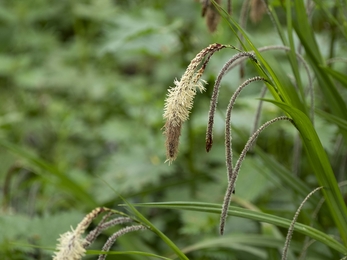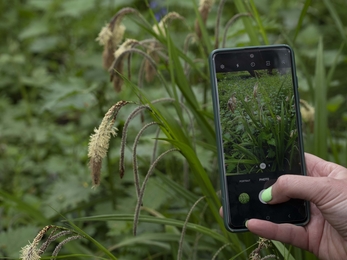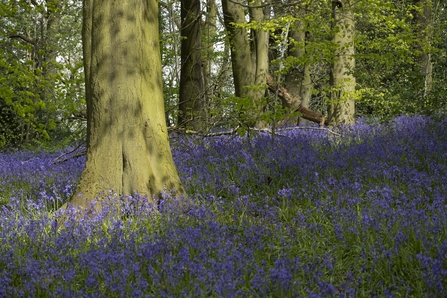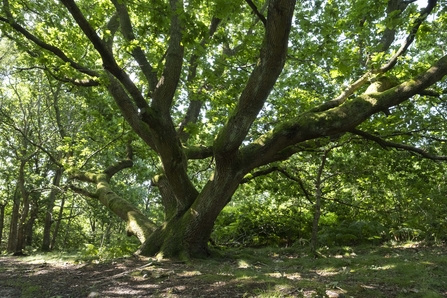Always wanted to take wildlife or nature photos but not sure where to start? You’re not alone, we’re here to help.
One thing that we need to clear up first… It’s true, absolutely anyone can take great nature photos. Whether you’re using your phone, or a camera, you simply have to learn how to get the best out of what you have. We’ve all heard the phrase “all the gear and no idea” and those who think spending thousands guarantees amazing photographs, quickly fall foul and realise that the money must be matched with skill. And skill comes from learning, sometimes steeply, and time and patience. Also studying your subject. Knowing how they behave, so you can predict their movement, and be poised to capture them. Giving you the best chance of being in the right place, at the right time.
So before you head out, firstly take some time to get to know your kit. If it’s a camera, look up some tutorials and learn about how to use its settings. If you’re wanting to use manual settings, we thoroughly recommend learning about balancing your settings and the exposure triangle. There are lots of online courses and books which can help. Then get to know your subject. Read up on it, and perhaps book onto a workshop with an experienced wildlife photographer who can give you tips and advice.
1. Wildlife first. Photography second.
Your sole mission above all else should be to never cause wildlife distress. Lots of wildlife is protected by The Wildlife and Countryside Act of 1981. For photography specifically there is one golden rule: “The welfare of the subject is more important than the photograph.” This comes from The Royal Photographic Society's and RSPB’s The Nature Photographers’ Code of Practice which is an excellent resource and one you need to read (see attachment below).
2. Subject and subjectivity are everything
Find what you like, but don’t be afraid to experiment! Even within the wildlife photography genre, there is so much variety in subject matter and styles. Ask yourself if there is a specific look you’re trying to recreate and find examples of it in books or online to study. We recommend testing out different equipment or styles to find out more about your own aesthetic taste, especially before purchasing any expensive equipment. There are plenty of reputable places that hire out and sell used camera equipment.
Also remember that photography is subjective. Everyone likes something different. So the most important thing is that YOU enjoy the process and the result. It’s your precious time you’re investing, so do it for your own enjoyment.
3. Perspective and fun framing
Altering your position can create some amazing results. Get low to the ground, or lift your phone/camera up high and see how the results differ. Play around with different compositions, and use natural features such as trees and foliage to frame your subject. Partially obscuring the sun can also create some interesting lighting results, so have some fun experimenting but remember to never look directly at the sun through your lens (it can damage your eyes) and doesn’t make for good photos.
4. Use the light
No matter what your subject matter is, working well with light is key to getting a good image. Wildlife photography mostly involves using natural light, which can be very dramatic around dawn and dusk due to the low position of the sun. This golden light can bring a whole other dimension to your shots and create really striking photos. Seasonality plays a key part in how much light is available and at what time of day. It influences temperature, and in turn the behaviour of wildlife and nature.
In an indoor setting, photographers often control light with studio equipment and flash. Some wildlife photographers do this as well, but it’s incredibly important that only trained professionals do so to ensure the wellbeing of wildlife. For example, to photograph bats, photographers need a special licence.
5. Think before posting
Got an amazing shot and want to share it with the world? Great! But take a moment to think about the consequences of your photograph landing in the public sphere, and what information you share with it. Not only do we need to exercise care for the welfare of our subjects, we need to take care not to reveal locations as this too can threaten the species ability to successfully feed and breed. Avoid posting about protected species immediately after taking the photographs, so as not to attract large numbers of people who want to find/see it too, and never disclose the location. If a ‘flock’ of photographers descend on that spot, the wildlife is likely to change its behaviour, become distressed and most likely leave. Images can travel incredibly far via social media very fast, and deleting them once information is out, is often too late.





